ASUS Vivobook Go 15.6” FHD Slim Laptop – Pros and Cons Review
A Budget-Friendly Workhorse with Trade-Offs
The ASUS Vivobook Go 15.6” FHD Slim Laptop is a compelling option for students, remote workers, and casual users seeking an affordable, portable device for everyday tasks. It blends solid performance, a sleek design, and practical features, but it’s not without compromises. After testing this laptop, here’s a breakdown of its pros and cons to help you decide if it fits your needs.
PROS
Vivid Display for the Price: The 15.6-inch Full HD (1920×1080) NanoEdge display with slim bezels offers a 78% screen-to-body ratio, delivering crisp visuals and decent color accuracy (45% NTSC gamut). The IPS panel (on select models) or OLED option provides wide viewing angles and an anti-glare coating, making it comfortable for prolonged use, whether streaming, studying, or working. At 250 nits, it’s adequate for indoor settings, though it struggles in direct sunlight.
Responsive Performance: Powered by options like the AMD Ryzen 3 7320U, Ryzen 5 7520U, or Intel Core i3-N305, this laptop handles daily tasks like web browsing, document editing, and light multitasking with ease. Paired with 8GB LPDDR5 RAM (upgradable to 16GB in some configurations) and a 512GB SSD, it ensures snappy boot times and smooth app performance. For casual users, this setup is more than sufficient.
Portable and Durable Design: Weighing just 3.6 pounds and measuring 0.7 inches thick, the Vivobook Go is easy to carry, ideal for students or commuters. Its military-grade MIL-STD 810H durability withstands daily wear, offering peace of mind for those on the go. The Cool Silver or matte black finish adds a sleek, professional look.
Fast Charging and Decent Battery Life: The 42Wh battery delivers up to 9-11 hours of mixed use, with ASUS Quick Charge reaching 60% in about 45 minutes. This minimizes downtime for users moving between classes or meetings, enhancing portability.
Thoughtful Features: The ErgoSense chiclet keyboard with a numeric keypad offers comfortable typing, while the 720p HD webcam with a privacy shutter ensures secure video calls. Wi-Fi 5 (or Wi-Fi 6 in some models) and Bluetooth 5.1 provide reliable connectivity. The SonicMaster speakers deliver clear audio for media, and the bundled SSD hub (select models) adds storage flexibility.
CONS
Limited Multitasking Power: The 8GB RAM, while adequate for light tasks, struggles with heavy multitasking (e.g., 10+ browser tabs), causing occasional slowdowns. The soldered memory in some models limits upgrades, and the AMD processors (Zen 2 architecture) are outdated compared to newer chips.
Subpar Display in Some Configurations: While the OLED option shines, models with TN panels suffer from poor color accuracy and narrow viewing angles, making them less ideal for shared viewing or creative work. The 250-nit brightness falters outdoors.
Not for Gaming or Heavy Workloads: The integrated AMD Radeon 610M or Intel UHD Graphics can handle light gaming but falter with demanding titles or professional editing software like AutoCAD. This laptop isn’t suited for gamers or content creators needing robust graphics.
No Backlit Keyboard: The lack of keyboard backlighting is a drawback for low-light environments, reducing usability for night owls or dim settings. The keyboard layout also omits dedicated Home/End keys, which may frustrate some users.
Wi-Fi and Port Limitations: Some models use Wi-Fi 5 instead of Wi-Fi 6, and the inclusion of a USB 2.0 port and HDMI 1.4 (limited to 30fps at 4K) feels dated. These restrict connectivity for modern peripherals or displays.
Final Verdict
The ASUS Vivobook Go 15.6” FHD Slim Laptop is a solid budget choice for students, freelancers, or casual users needing a reliable, portable device for everyday tasks. Its vibrant display, sturdy build, and fast-charging battery make it a great value, but the limited RAM, dated processors, and lackluster TN panels in some models hold it back for power users. If you prioritize affordability and basic functionality, it’s a worthy pick, but for demanding tasks, consider spending more on a higher-tier model.
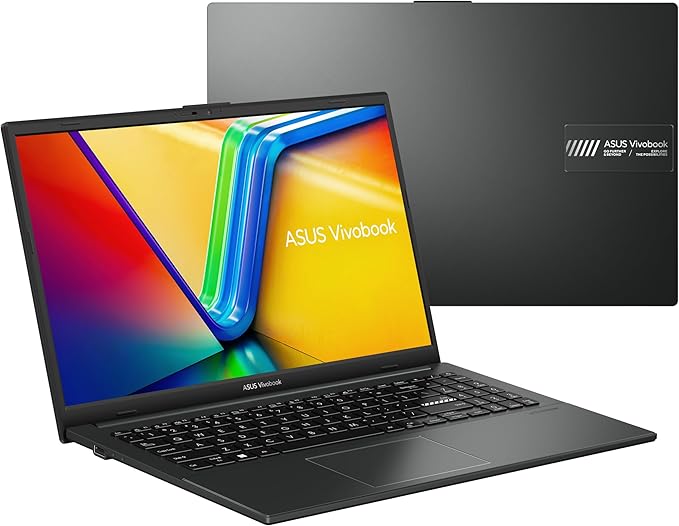
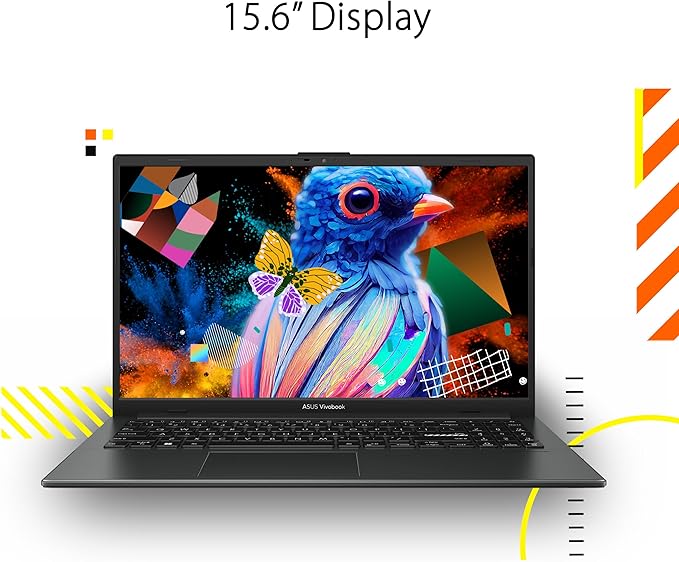
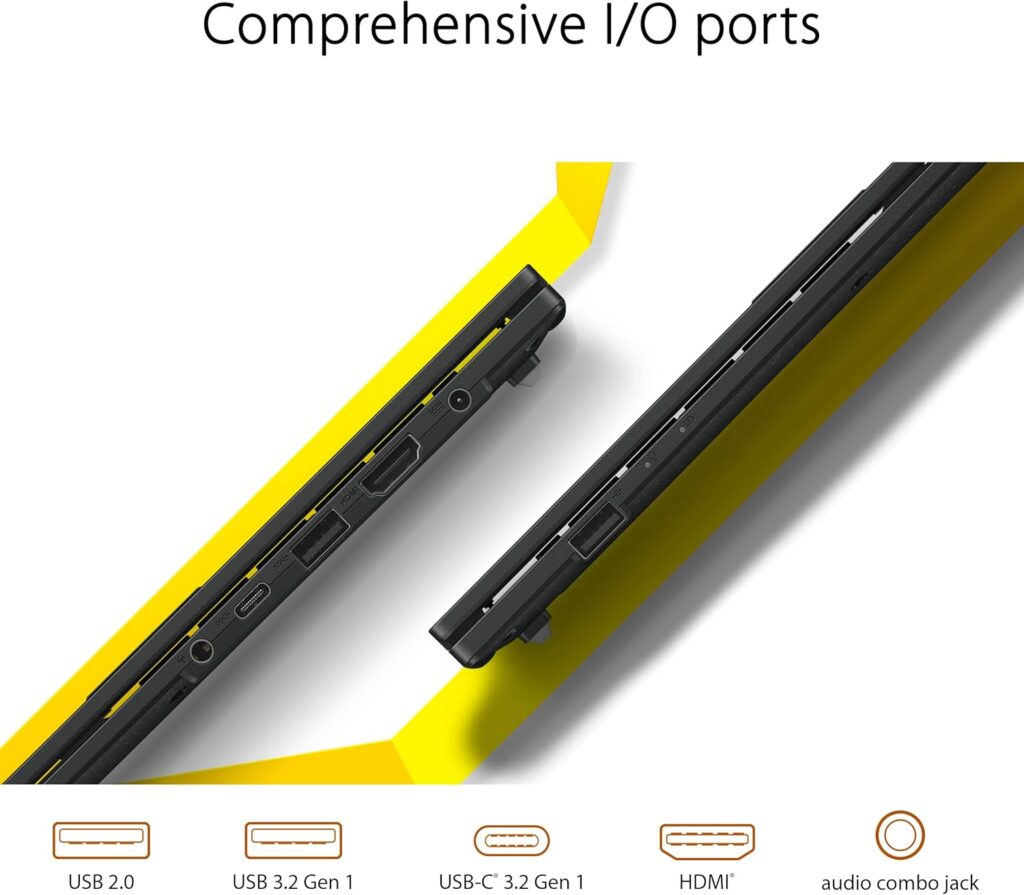
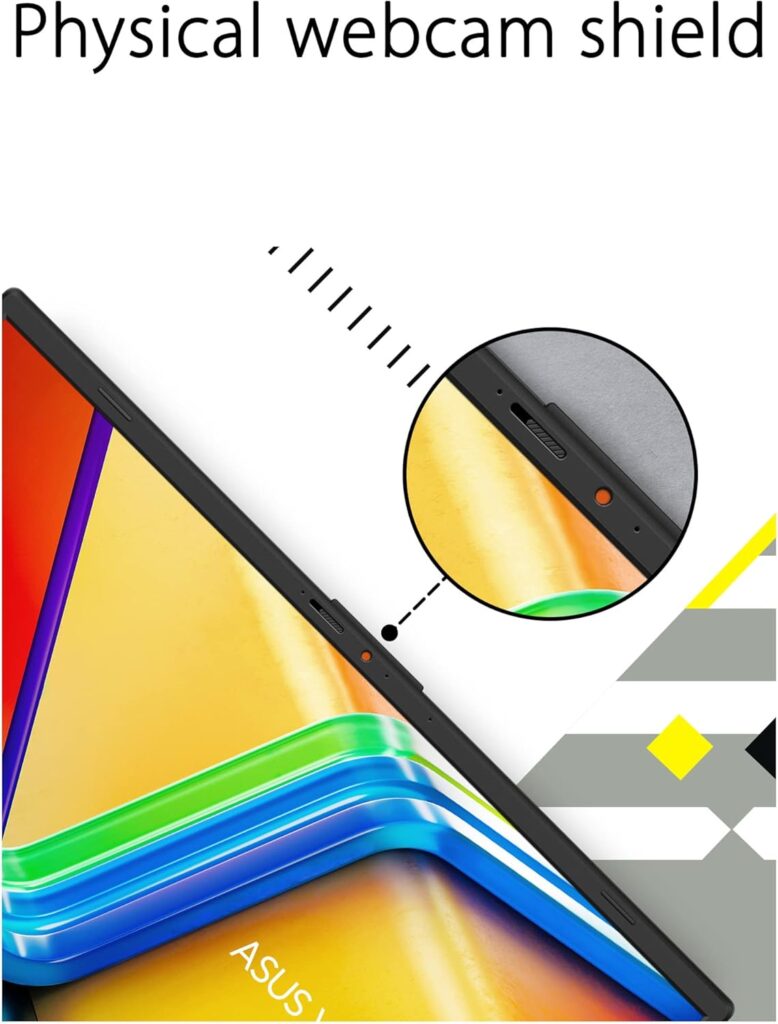
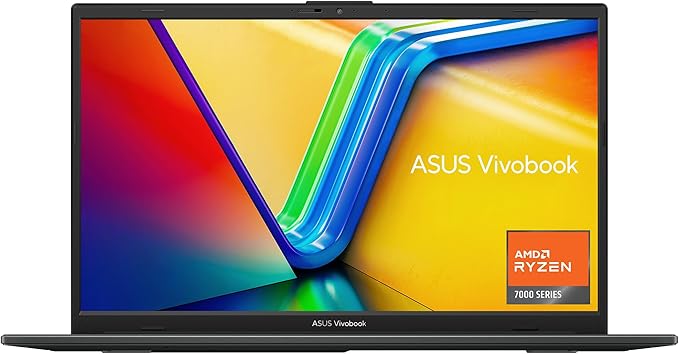


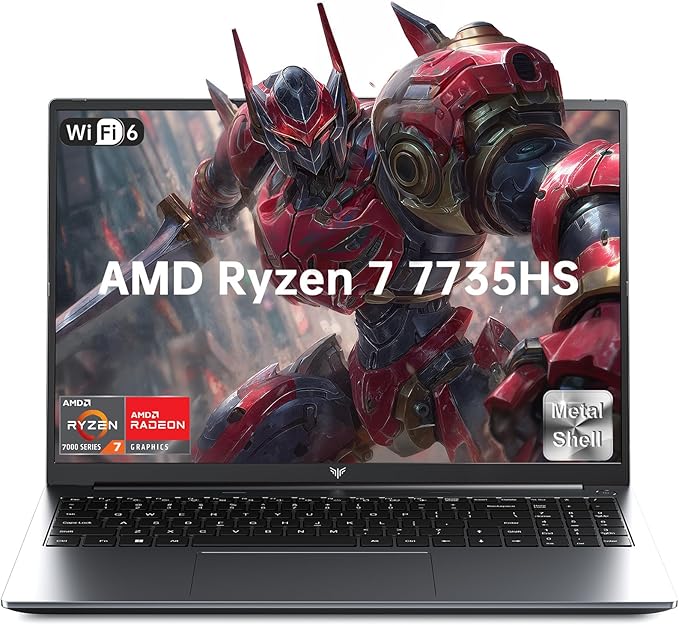


Post Comment